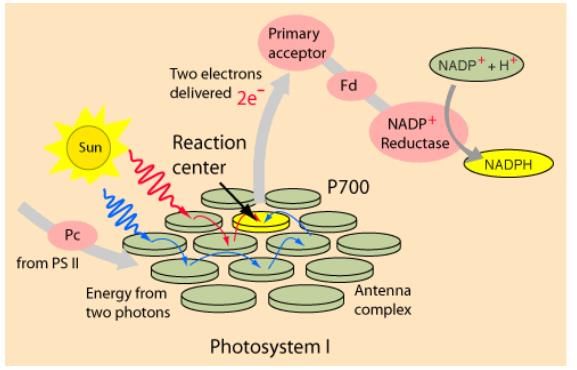31 Years NEET Previous Year Questions: Photosynthesis in Higher Plants - 2 - NEET MCQ
25 Questions MCQ Test Biology 31 Years NEET Chapterwise Solved Papers - 31 Years NEET Previous Year Questions: Photosynthesis in Higher Plants - 2
In sugarcane plant 14CO2 is fixed in malic acid, in which the enzyme that fixes CO2 is [2003]
Stomata of CAM plants [2003]
| 1 Crore+ students have signed up on EduRev. Have you? Download the App |
Which of the following absorb light energy for photosynthesis? [2002]
In photosynthesis energy from light reaction to dark reaction is transferred in the form of [2002]
Cytochrome is [2001]
Which pigment system is inactivated in red drop?[2001]
Which pair is wrong? [2001]
Photochemical reactions in the chloroplast are directly involved in [2000]
Fixation of one CO2 molecule through Calvin cycle requires [2000]
How many turns of Calvin cycle yield one molecule of glucose ? [1996, 2000]
The first step of photosynthesis is [2000]
The enzyme which fixes CO2 in C4 plants is [2000]
Which enzyme is most abudantly found on earth?[1999]
Which one of the following statements about cytochrome P-450 is wrong? [1998]
Protochlorophyll differs from chlorophyll in lacking [1998]
NADPH2 is generated through [1997]
Which one of the following is represented by Calvin cycle? [1996]
Photosynthetically active radiation is represented by the range of wavelength of [1996, 2004, 05]
Chlorophyll ‘a’ molecule at its carbon atom 3 of the Pyrrole ring II has one of the following [1996, 97]
The principle of limiting factors was proposed by[1996]
Photorespiration is favoured by [1996]
The specific characteristic of C4-plants is [1995]
Which one occurs both during cyclic and noncyclic modes of photophosphorylation? [1994]
Nine-tenth of all photosynthesis of world (85-90%) is carried out by [1994]
Pigment acting as a reaction centre during photosynthesis is [1994]
|
33 docs|83 tests
|
|
33 docs|83 tests
|


















